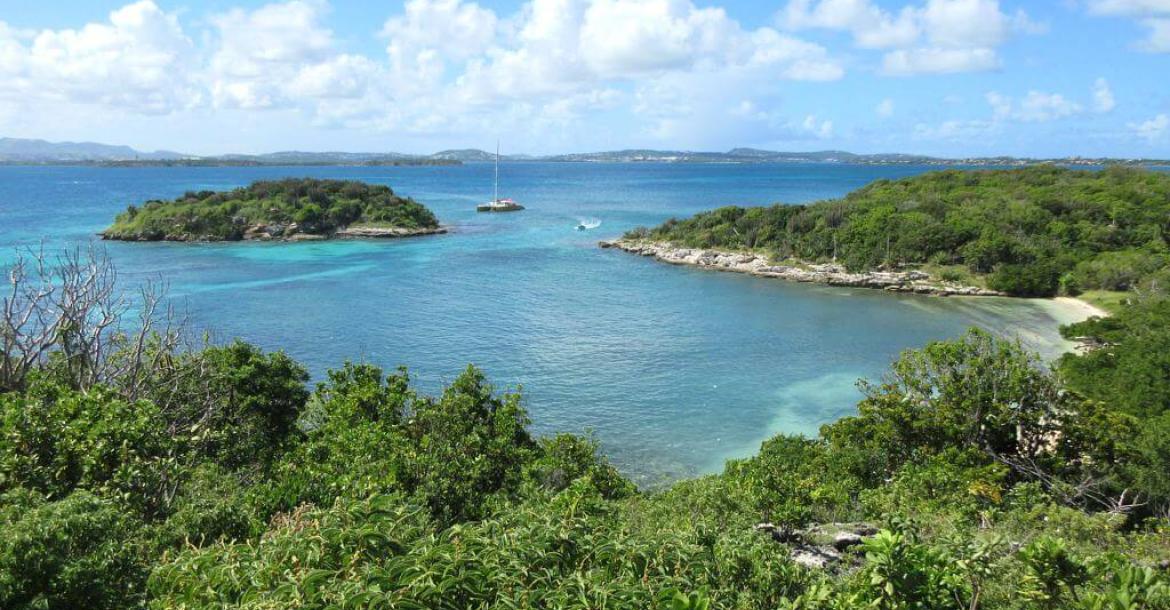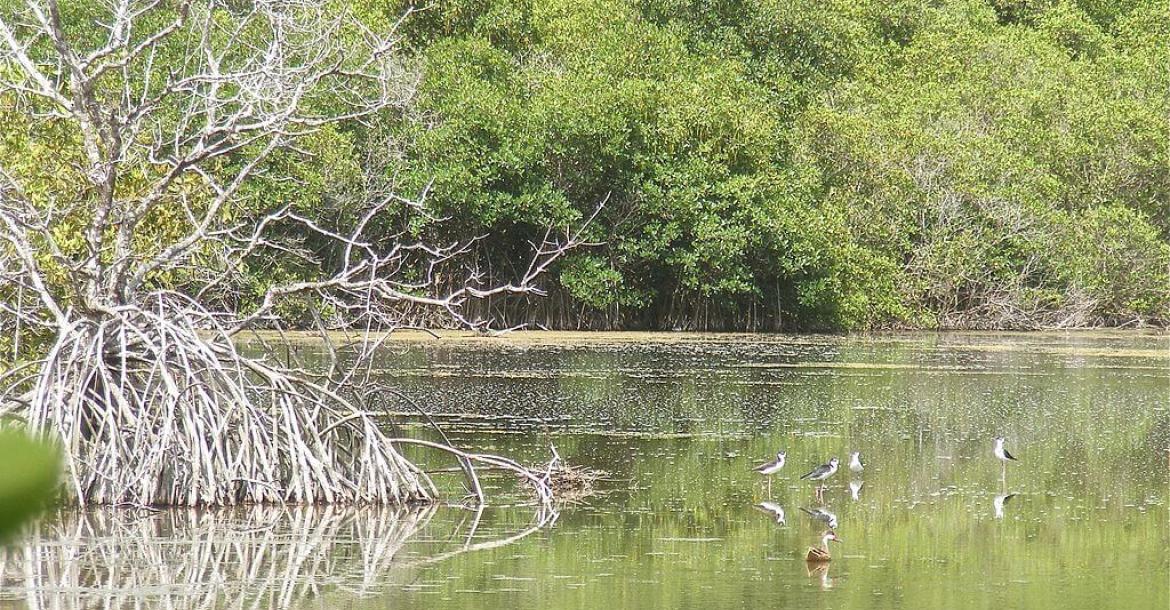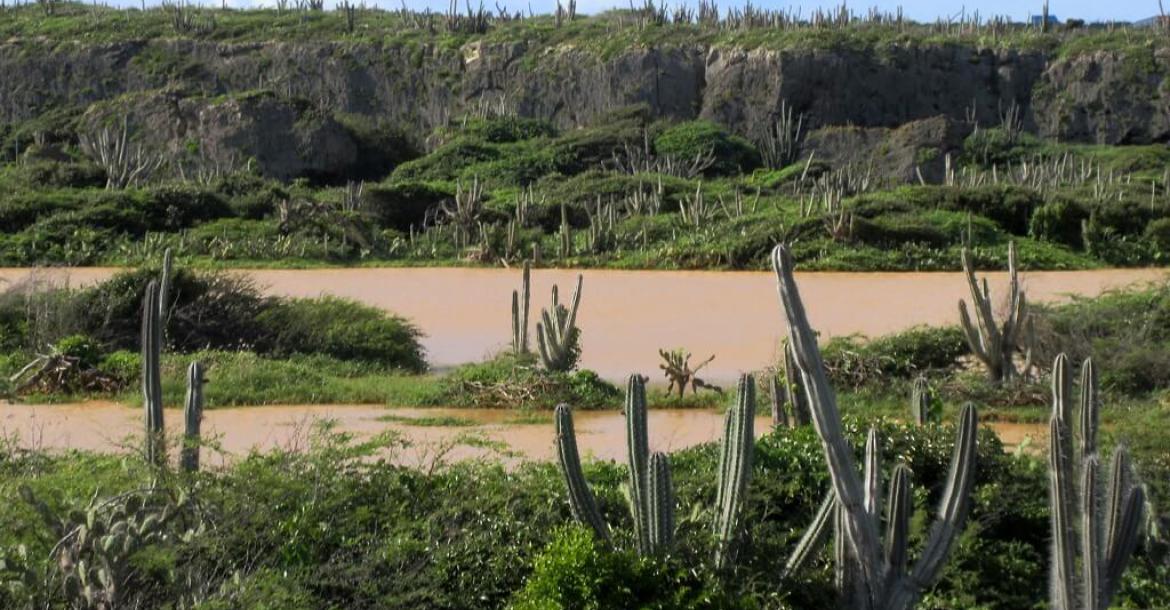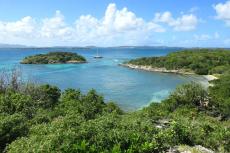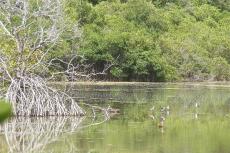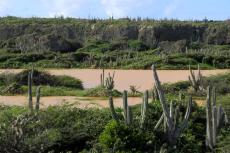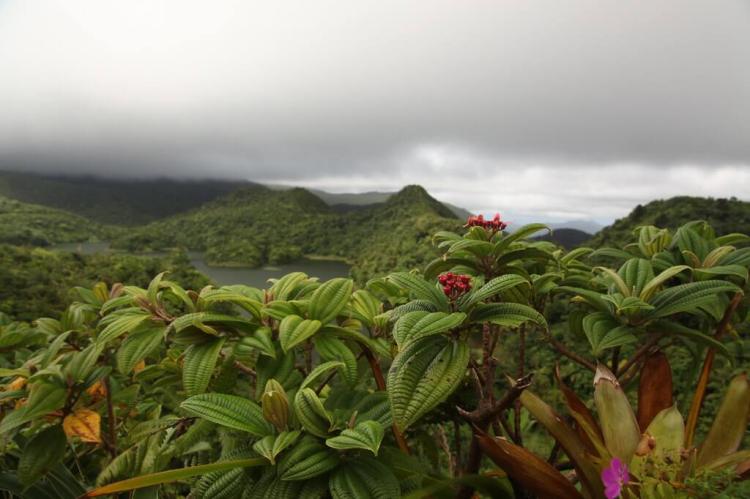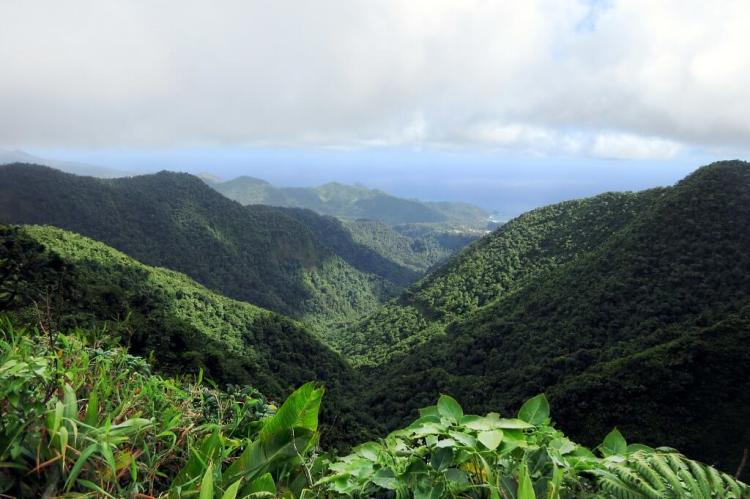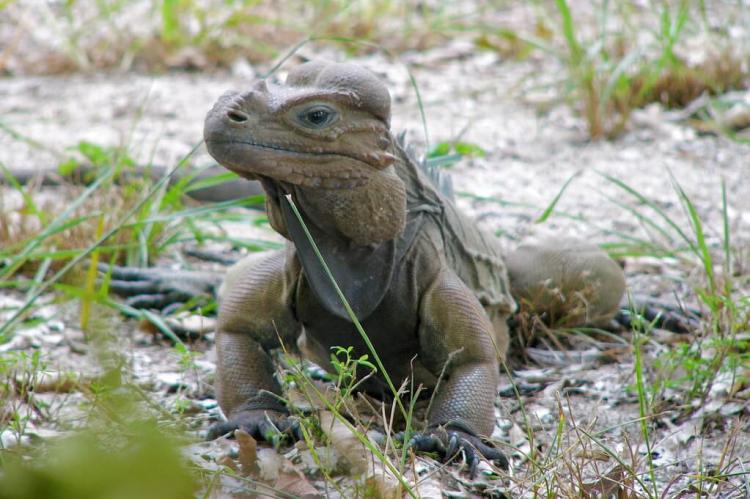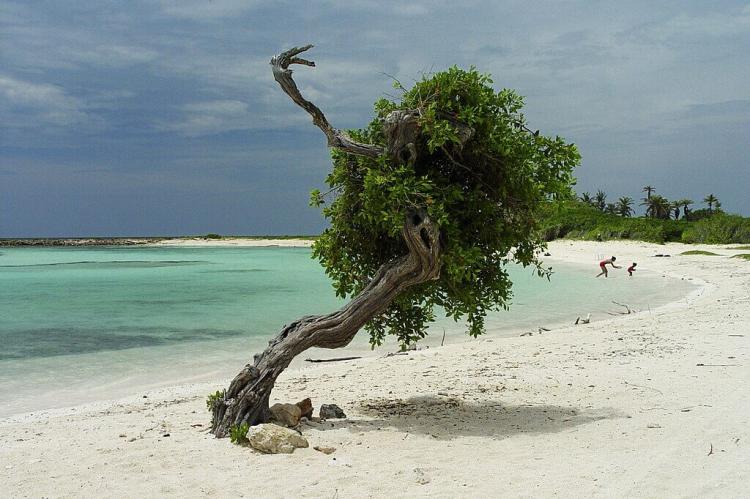Caribbean Islands Biodiversity Hotspot: A Region of Remarkable Ecological Richness and Diversity
The Caribbean Islands biodiversity hotspot, a region encompassing 35 countries and territories, is renowned as a global ecological treasure trove. Spanning the Caribbean Sea, it is characterized by a mosaic of islands, cays, and islets, each harboring an astonishing array of unique species.
Caribbean Islands Biodiversity Hotspot
A Region of Remarkable Ecological Richness and Diversity
Encompassing 35 countries and territories, the Caribbean Islands biodiversity hotspot is a region of remarkable ecological richness and diversity and is renowned as a global environmental treasure trove. Spanning the Caribbean Sea, it is characterized by a mosaic of islands, cays, and islets, each harboring an astonishing array of unique species. This hotspot is celebrated for its scenic beauty, pristine beaches, and exceptional biological diversity, making it one of the most important biodiversity hotspots on the planet.
Geography and Diversity
The Caribbean Islands biodiversity hotspot covers a land area of roughly 230,000 square kilometers (88,800 square miles), with the four islands of Cuba, Hispaniola, Jamaica, and Puerto Rico making up around 90 percent of the land area. The hotspot spans over 4,000,000 square kilometers (1,544,000 square miles) of ocean.
The Caribbean Islands biodiversity hotspot covers an expanse that includes the Greater Antilles (Cuba, Jamaica, Hispaniola, and Puerto Rico), the Lesser Antilles (a chain of islands stretching southeastward from the Virgin Islands to Trinidad and Tobago), the Bahamas, and the Turks and Caicos Islands. This geographical diversity alone is awe-inspiring, as it encompasses tropical rainforests, dry forests, wetlands, coral reefs, and coastal mangroves, creating a wide range of habitats that support a rich tapestry of life.
The hotspot's ecological significance is underscored by its astonishing biodiversity. It is home to thousands of plant species, many of which are found nowhere else on Earth. The Caribbean's diverse fauna includes unique reptiles like the Cuban iguana and the Jamaican boa and iconic bird species such as the Hispaniolan parrot and the Cuban tody. Furthermore, the coral reefs in the region teem with marine life, including vibrant coral species and an array of fish, making it a critical marine biodiversity hotspot.
Challenges and Threats
Despite its ecological significance, the Caribbean Islands biodiversity hotspot faces numerous challenges. Human activities such as deforestation, habitat destruction, and coastal development pose a severe threat to the region's unique ecosystems. Pollution, overfishing, and climate change have damaged coral reefs, impacting the marine biodiversity.
Invasive species, like the green iguana in the Cayman Islands, disrupt native ecosystems. Moreover, extreme weather events, often intensified by climate change, result in hurricanes that can devastate islands, causing loss of life and damage to ecosystems. Rising sea levels also put coastal habitats and infrastructure at risk.
Conservation Efforts
Conservation efforts in the Caribbean Islands biodiversity hotspot are diverse and collaborative. Several organizations, such as the Caribbean Biodiversity Fund and The Nature Conservancy, work with local governments and communities to protect and restore the region's ecosystems. Establishing protected areas, like the Saba National Marine Park in the Lesser Antilles, helps safeguard coral reefs and marine life. Efforts are also focused on education and sustainable practices.
Eco-tourism initiatives in places like Barbados promote environmentally friendly tourism while preserving natural habitats. These conservation endeavors emphasize the importance of protecting the region's unique biodiversity and addressing the challenges posed by human activities and climate change.
The Caribbean Islands biodiversity hotspot serves as a reminder that, despite its small size, a region can play a monumental role in global biodiversity conservation and inspire collaborative efforts to protect its ecological wonders for future generations.
Protected Areas
The exact number of protected areas in the Caribbean Islands biodiversity hotspot is not readily available. However, it is known that the protection and management of 468,268 hectares (1,157,115 acres) within high-priority Key Biodiversity Areas (KBAs) have been strengthened and guided by sustainable management plans. Additionally, 111,496 hectares (275,512 acres) within eight KBAs were brought under new protection.
These protected areas are crucial for preserving the unique biodiversity of the Caribbean Islands hotspot and ensuring the survival of countless species that call this region home. Some of the protected areas in the Caribbean Islands biodiversity hotspot include:
-
Saba National Marine Park: Located in the Lesser Antilles, this park helps safeguard coral reefs and marine life.
-
Cockpit Country-North Coast Forest-Black River: This conservation corridor is located in Jamaica.
-
Great Morass – Jamaica: Another conservation corridor in Jamaica, the Great Morass is an important wetland area.
-
Portland Bight Protected Area – Jamaica: This protected area in Jamaica helps conserve the region's unique ecosystems.
-
Massif du Nord – Haiti: The Massif du Nord is a conservation corridor in Haiti.
The protected areas in the Caribbean Islands biodiversity hotspot exhibit several characteristics that contribute to their unique ecological significance:
-
High biodiversity: These protected areas are home to a wide range of plant and animal species, many of which are found nowhere else on Earth.
-
Variety of ecosystems: The protected areas encompass diverse ecosystems, such as tropical rainforests, dry forests, wetlands, coral reefs, and coastal mangroves.
-
Endemic species: The Caribbean Islands hotspot is known for the high number of endemic species found only in this region.
-
Critical habitats: These protected areas provide essential habitats for globally threatened species, restricted-range species, and biome-restricted species assemblages.
-
Cultural and socioeconomic diversity: The Caribbean Islands hotspot is home to various cultures, including indigenous American, Hispanic, African, Anglo-Saxon, French, and Asian cultures.
These characteristics make the protected areas in the Caribbean Islands biodiversity hotspot crucial for preserving the region's unique biodiversity and ensuring the survival of countless species that call this area home.
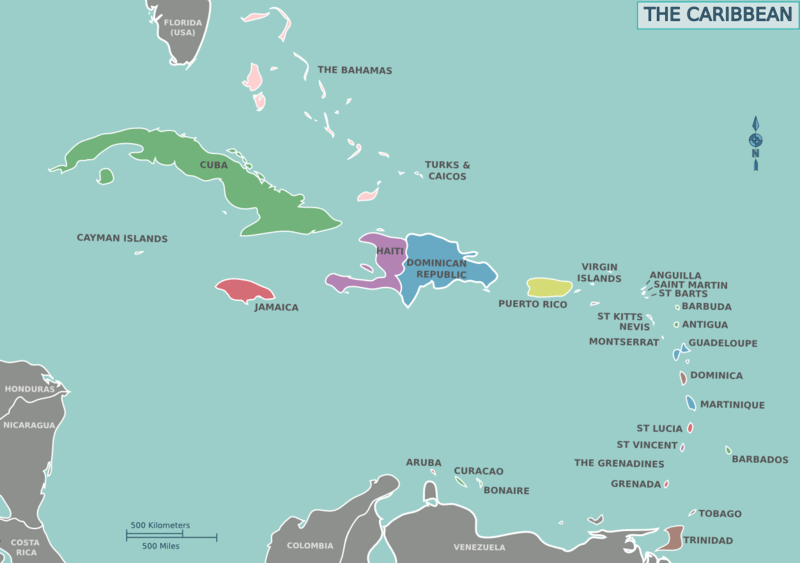
Map depicting the Caribbean Islands biodiversity hotspot.
